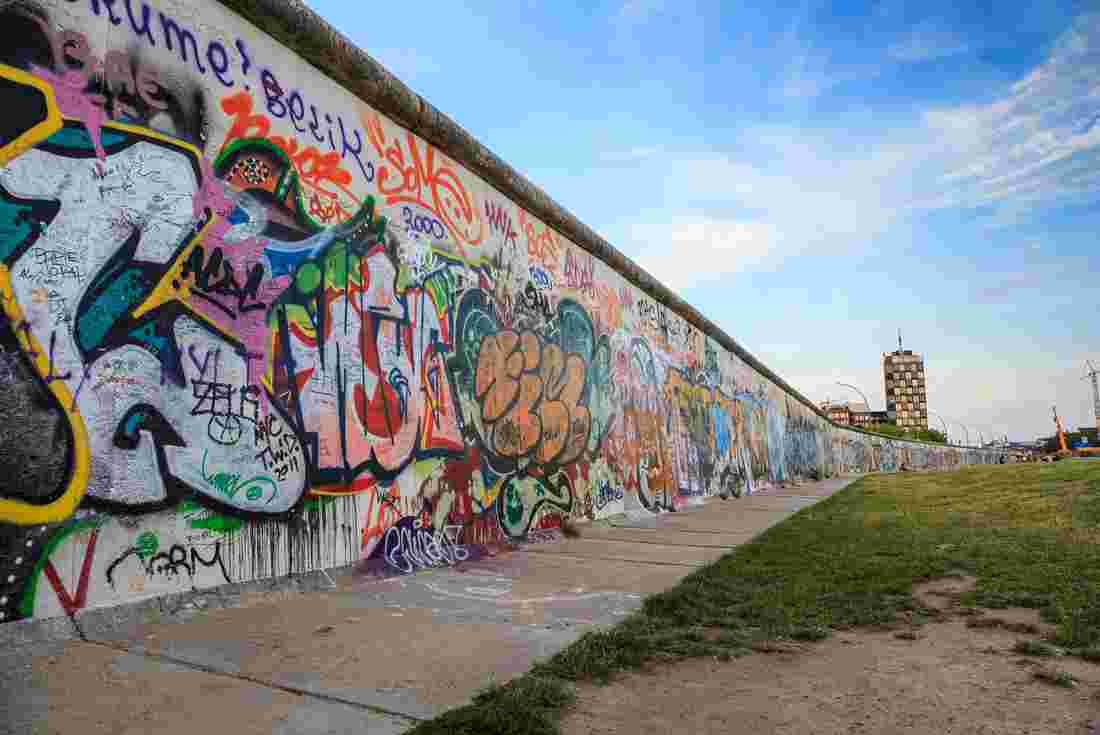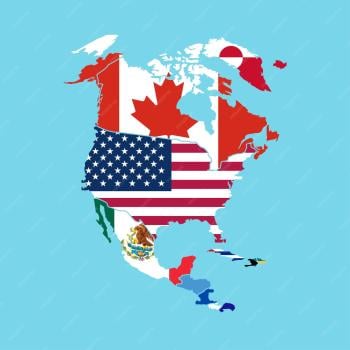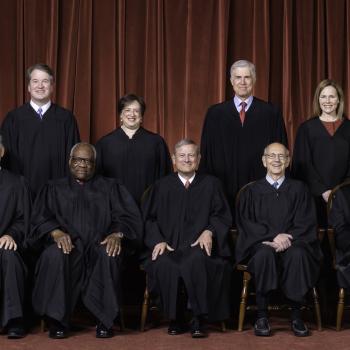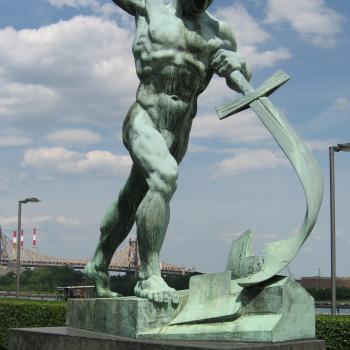[For an explanation of these 18 posts, see Part 1 published on 3/27/2019.]
 Illegal Immigration in Eastern Europe
Illegal Immigration in Eastern Europe
During the Cold War, some Eastern European countries had border fences or walls. The Communists of East Germany erected the Berlin Wall that divided the city of Berlin in Germany from 1961 to 1989. It didn’t totally prevent crossings in Berlin from East Germany into West Germany by those seeking to escape Communism. But many of those who tried to escape were gunned down by Communist guards on the East side.
In mid-1987, U.S. President Ronald Reagan delivered a speech in West Berlin. He said to the USSR’s leader, “Mr. Gorbachev, tear down this wall.” Five months later, crowds gathered on both sides and began tearing it down in a process that took months.
During the Cold War, Hungary had a 150-mile fence along its border with Austria. Its purpose was mostly to keep its own people from escaping their communistic rulers. As the Cold War was ending, in 1989, Hungary dismantled this fence.
In April, 2007, the EU Parliament approved the formation of a rapid deployment force of border guards to aid member-nations in preventing illegal immigration. Guard units were being sent within a ten-days-notice to troublesome borders.
Arab Spring erupted in early 2011. It resulted in the ouster of the presidents of Tunisia and Egypt, but not in Syria. In March, 2011, Syria’s President Bashar al-Assad used force against pro-democracy demonstrators that resulted in a civil war that continues today. Millions of Syrians have been uprooted from their homes to escape the conflict. Many have left their homeland to seek a better life northward in Europe.
Thus, Europe has been undergoing its largest refugee problem since WWII. It has mostly been due to civil war in Syria and refugees from Africa seeking a better life. The result has been that several southeastern European nations have built fences mostly to keep these illegal immigrants out, but also merely to control them.
In October, 2015, Hungary finished constructing a 13-foot high, double security fence with razor wire along its 216-mile, southern border with Serbia and Croatia to keep immigrants from the Middle East and North Africa from entering and crossing through to wealthier Western European nations. By 2015, more than a thousand immigrants per day were crossing this border, coming mostly from the war-torn countries of Syria and Iraq.
But one nation, such as Hungary, constructing a fence along one of its borders to keep desperate immigrants out only causes the same problem to exacerbate in an adjoining country. So, in late 2015, Hungary’s next-door neighbor Slovenia, though a much smaller country, also began erecting a fence along its border with Croatia.
In mid-2015, Bulgaria finished constructing a 15-foot high, 150-mile long fence on its southern border with Turkey for the same reason—to keep out immigrants from the Middle East and Africa. And Bulgaria has plans to extend this border fence further. By mid-2018, USA TODAY reported, “Since the start of Europe’s migrant crisis in 2015, at least 800 miles of fences have been erected by Austria, Bulgaria, Greece, Hungary, Macedonia, Slovenia, and others—a swift and concrete reaction as more than 1.8 million people flooded Europe, fleeing war zones from Afghanistan to Syria.”[1]
In late 2015, Latvia announced it would build a barrier fence along it 56-mile border with Russia.
[1] USA TODAY, May 24, 2018.












